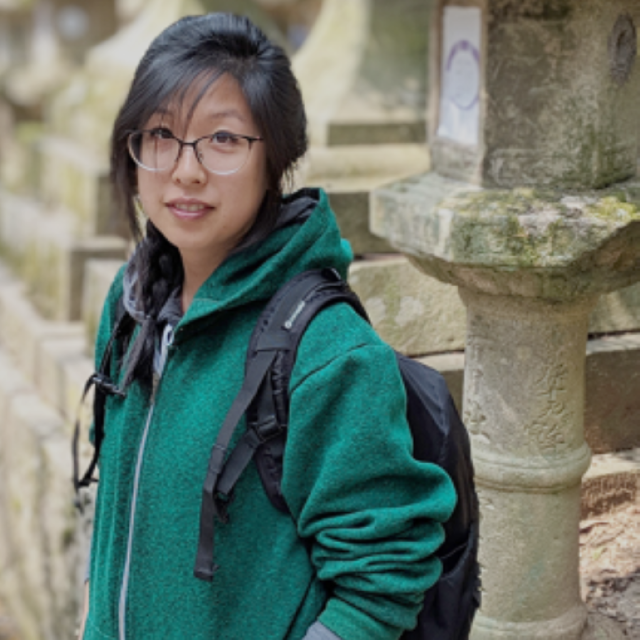CPOS Seminar - Electrochemical Detection of Insulators and Biomolecules

Speaker: Julia Chung, Graduate Student Researcher - Biomolecular Science and Engineering, UC Santa Barbara, Sepunaru & Plaxco Groups
Abstract: Single entity electrochemistry encompasses a broad collection of techniques that can be used to detect and characterize single molecules or particles. In particular, mediated “blocking” electrochemistry has been implemented as a non-destructive platform to study a wide range of heterogeneous nano- and micro-materials that act as insulators during single, adsorptive impact events. The interpretation of blocking single entity results, however, is often complicated by “edge effects,” in which enhanced mass transfer to the edges of planar disk microelectrodes leads to uneven current distributions. This gives rise to a correlation between spatial location and current read-out, which hinders analytical information at the discrete level.
In previous work, we introduced the use of a coupled chemical reaction for catalytic amplification during mediated electrochemical studies. That is, we employ electrocatalytic amplification to drive a current increase, moving the rate limiting step in current generation away from the electrode surface to reduce the geometric impact from the electrode’s edges. Using this approach, which we have termed “electrocatalytic interruption,” we achieve significantly improved precision in the determination of particle size distributions. With this background, I now describe preliminary results coupling the use of electrocatalytic interruption with biological macromolecules and discuss the lessons we hope to learn along the way.